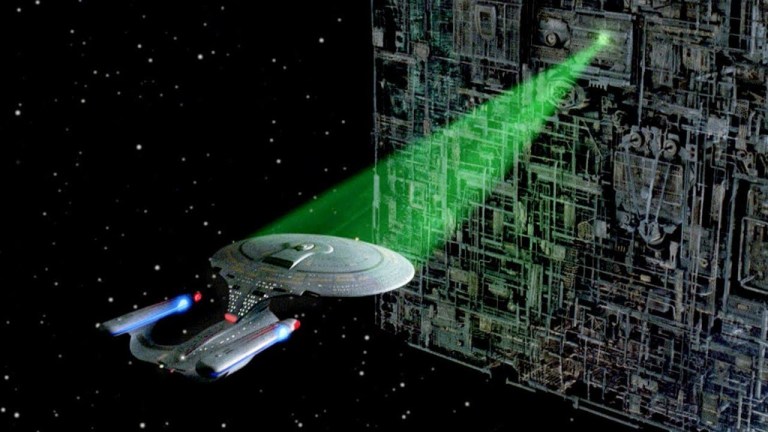The Architectural History Behind the Statue of Liberty
Architectural blog The B1M looks at the construction of the iconic Statue of Liberty, noting how France and the United States worked together to place this shining symbol of freedom and democracy onto a tiny island in New York Harbor in the late 19th Century.
In New York Harbor stands a statue that is synonymous with freedom and democracy; one of the world’s most recognizable landmarks and a symbol of hope for millions. But to truly appreciate this iconic structure you need to understand the financial and technical challenges it faced in becoming reality.
The idea was conceived by Edouard de Laboulaye, a French immigrant who wanted to celebrate the friendship between his native and adopted country. His idea caught the attention of sculptor Frédéric Auguste Bartholdi who began work on the statue after meeting with US officials.
While France would finance the statue, the American’s would be responsible for providing a site and constructing the huge pedestal upon which the statue would stand. To finance both elements, ambitious fundraising campaigns began on both sides of the Atlantic.
Eugène Viollet-le-Duc designed the statue, and after his death, Gustave Eiffel (of the Eiffel Tower) took his place. The statue was fabricated in France and then shipped to New York, where it was placed on a small island in the Hudson River.
Combining Eiffel and Viollet-le-Duc’s designs, the entire statue was manufactured and then assembled in Paris between 1881 and 1884. It was then disassembled, packed into 214 crates and shipped to the United States aboard the French Navy ship, Isère. The prefabricated statue was met with great fanfare in New York Harbor on June 17, 1885 – before the pedestal’s completion.






